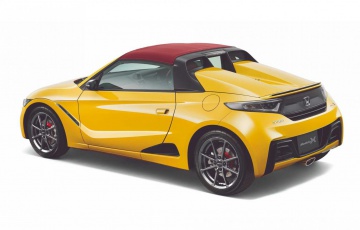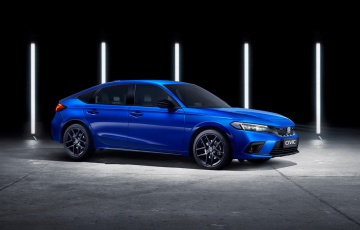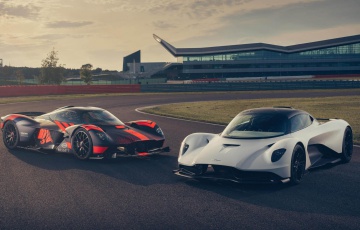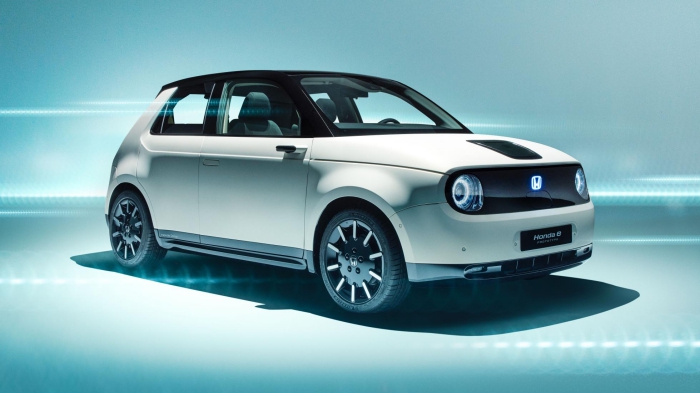
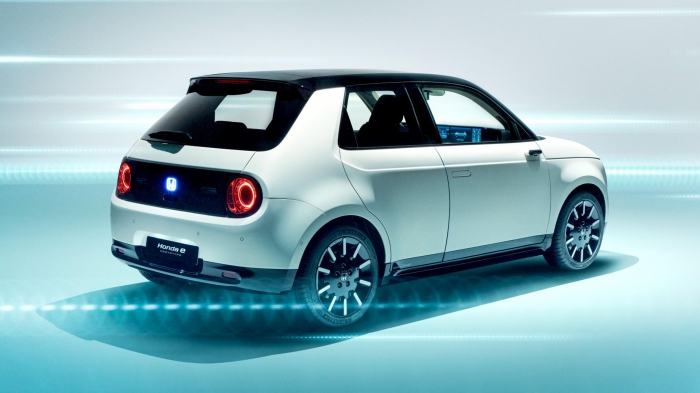
Honda, we salute you. Despite a crushing weight of expectation, you’ve managed to turn the coolest concept car of the last few years – the 2017 Urban EV – into an almost-production model that retains a flavour of the concept’s retro-future fusion, and its blend of pared-back simplicity with cutting-edge tech. In other words, we still want one.
(Click HERE to read about our fave EV city-runabout, the BMW i3)
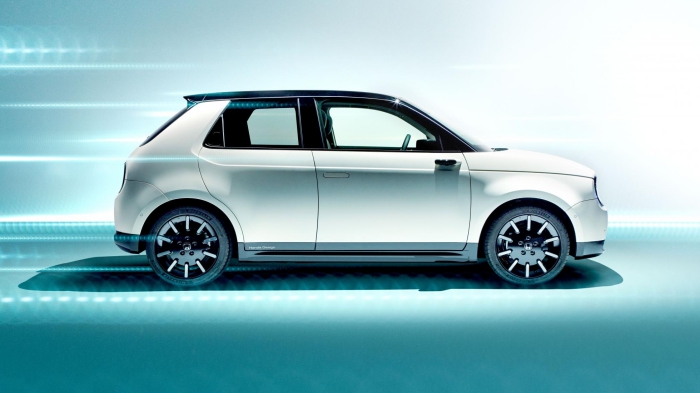
First order of business, the name’s changed, from the far catchier Honda Urban EV to Honda E Prototype. Odds on it’ll be called the Honda E when production starts in late 2019.
Yep, Honda says this ‘prototype’ is 98 per cent finished and you’ll be able to buy one by the end of the year. No word on price, but this won’t be a low-cost car, much like Apple doesn’t make low-cost phones.
(Click HERE to read about a pal using the BMW i3 to go on Chinese New Year visits)
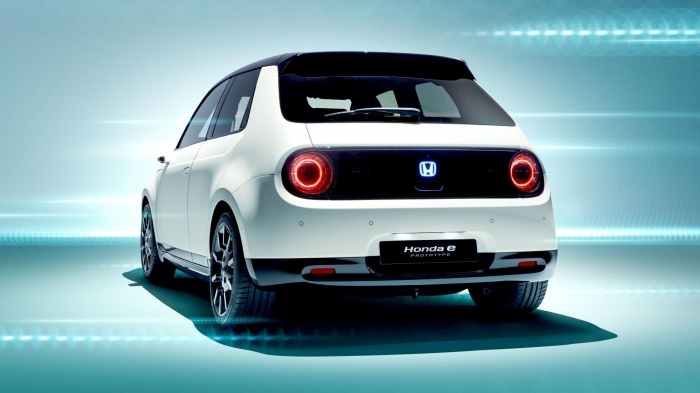
We’ll get more detail closer to production, but the known facts are as follows. The ‘E’ sits on a new purpose-built, rear-wheel drive EV platform, so should be lively on a frosty roundabout.
No detail on the battery size or motor output yet, but WLTP-certified range will be around 200km. Not bad, especially if you use only use it in the city, but in a world of 480km-plus Hyundai Konas and Kia e-Niros, not particularly great either.
(Click HERE to find out what a race-car driver thinks of the BMW i3)
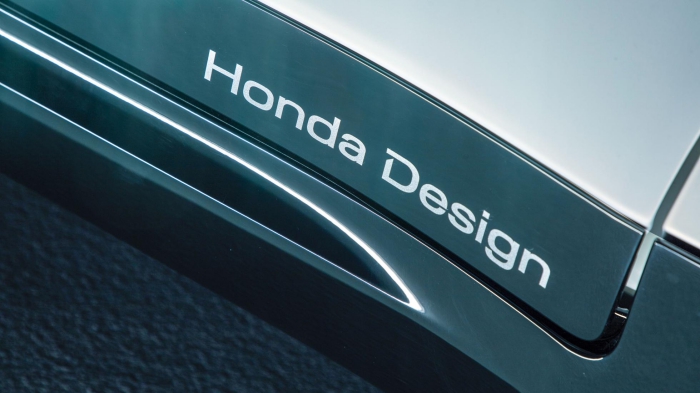
To make up for that, sportiness is a priority. So, despite being 10cm shorter than a Honda Jazz, it’s also wider, with subtly swollen arches. And no super-skinny eco rubber here, Honda wants this thing to grip and handle. It’s rapid charge compatible, too, so feel free to drive it like Honda intended – an 80 per cent top up can take as little as 30 mins.
What’s changed visually from the concept? Pretty much everything, to varying degrees. Honda actually designed this production car first, and then built the concept car to prove to the big bosses that there was an appetite for a car of this type. Needless to say it worked.
(Click HERE to read about a tale of two city-cars: the BMW i3 & an original Fiat Cinquecento)
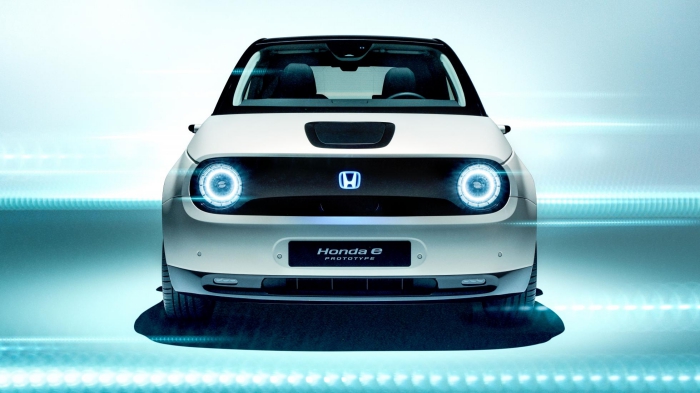
At the front there’s a full width, concave black panel, the curve of which is dictated by the angle for the forward-facing camera and lidar sensors.
The headlights are now full circles, rather than cropped at the top, to create a more “human face”, while the illuminated badge looks excellent, but is unlikely to make production because lit badges are currently deemed as advertising. Boo.
Click a button on your key fob and the charging port in the middle of the bonnet flips up and glows blue when you’re plugged in.
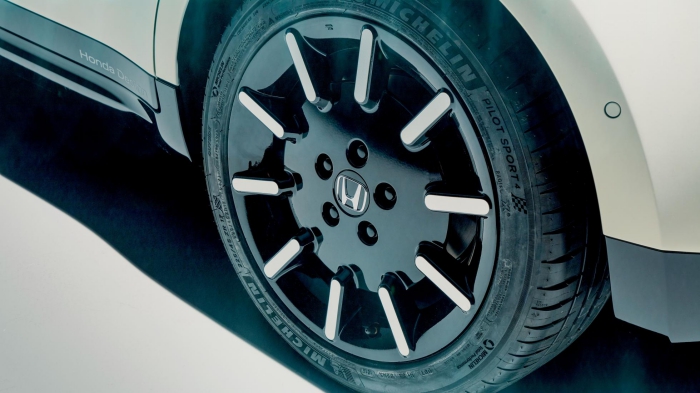
Surprise surprise, the concept’s 20-inch, deep-dish, white, multispoke wheels aren’t offered (the desire to powder coat a set of Alpina Softlines is strong), replaced by 16s as standard or the optional 17-inch wheels you see here.
In a first for a car of this size, the wing mirrors are replaced by more aerodynamic cameras, feeding a couple of in-board screens at the outer edges of the dash. If you’re prone to clouting things, fear not, the cameras sit within the car’s footprint, reducing their vulnerability and avoiding a costly repair.
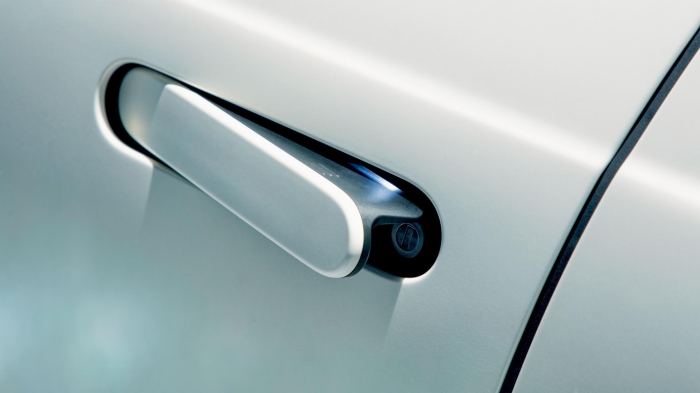
Also for aerodynamic reasons, and to maintain the car’s minimalist look, the front door handles are flush and pop out when you push them, while the rear door handles (yes it’s a five door and only a five door) are hidden just in front of that shark-fin C-pillar.
You might remember the concept had a rim of body-coloured paint running around the glass house, whereas the roof is now entirely blacked-out.
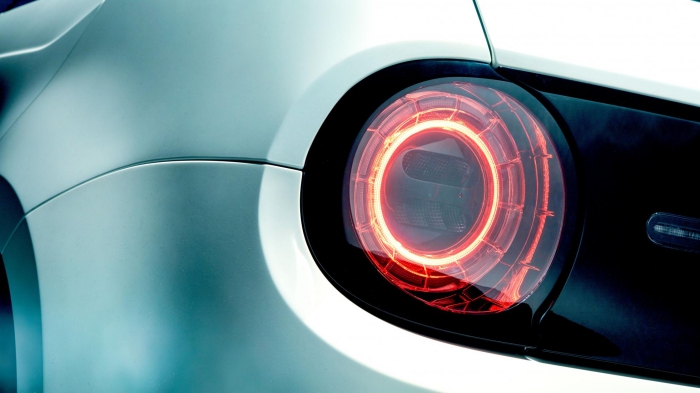
Around the back, squircle taillights on the concept make way for circular LEDS, and it’s sprouted a roof spoiler. Sporty. The matt paint on this prototype, by the way, is so precious and prone to scratching that a nice chap with white gloves had to open and close the door for us when we poked around in a studio ahead of the Geneva show. Fair to say it won’t be offered on the finished car.
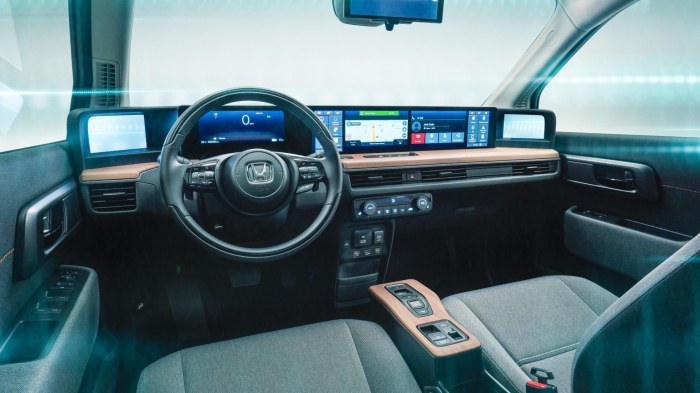
And then we get to the interior, aka The Great Wall of Screen. Honda’s aim was to create a lounge-like atmosphere, and so long as your lounge has an unfeasibly large telly, it’s absolutely nailed it.
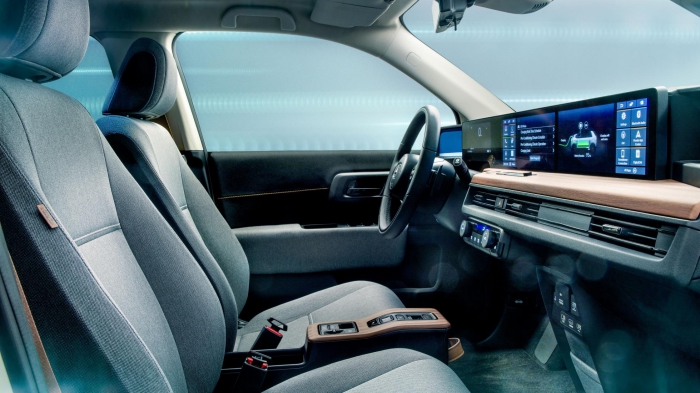
The flattish seats are made from recycled polyester, the wood on the dash and centre console isn’t wood at all, it’s a 4mm film, but it’s the screens that dominate.
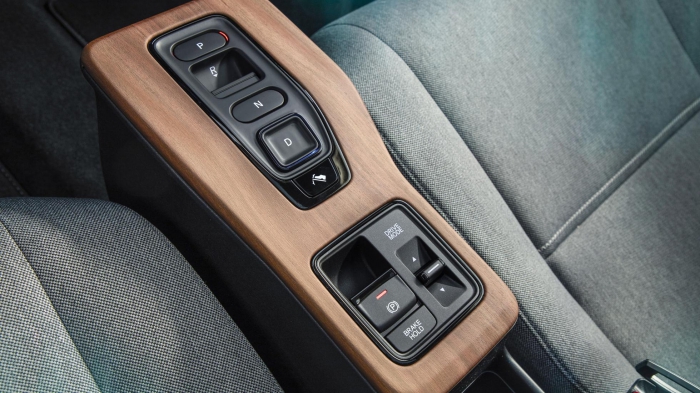
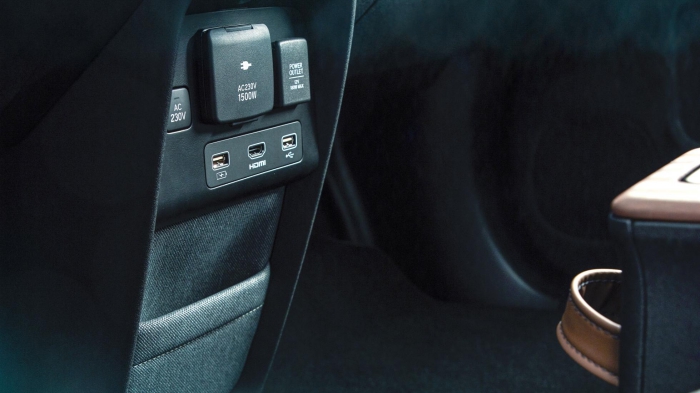
Screens for the instrument panel, a screen for the rear-view mirror, screens for the wing mirrors and finally two massive, interconnected 12-inch touch screens in the centre. The idea is that the passenger can make themselves useful by changing the radio or air-con, or even finding something on a map then swiping their screen over, so the driver can see. Nifty.
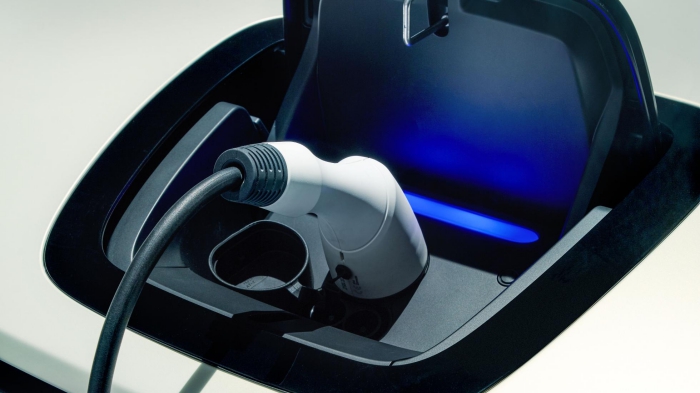
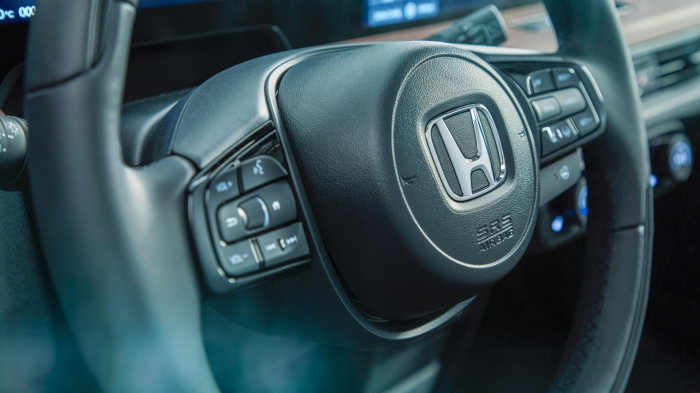
But there are problems. Anyone approaching six-foot will struggle to fit comfortably in the back, plus there’s no storage under the bonnet and only a small boot with a high floor in the rear.
Add that to the limited range and premium price tag and it’s clearly not perfect. But as an object of desire, something rarely associated with electric cars, it feels like a sizeable step forward.
So there you have it, did Honda do a good job? Do you want one?
STORY Jack Rix






